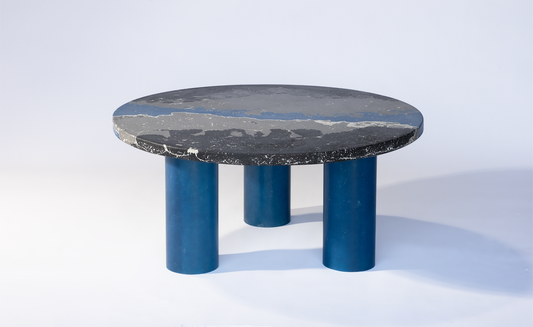Blog posts
View all-

Isola Milan Design week 2024
We’re happy to announce our participation at Isola Milan Design Week from 15-21 April, 2024. Amidst the grandeur of this event, we're thrilled to introduce our latest Coffee Table...
Isola Milan Design week 2024
We’re happy to announce our participation at Isola Milan Design Week from 15-21 April, 2024. Amidst the grandeur of this event, we're thrilled to introduce our latest Coffee Table...
-
Process of Handcrafted Clay collection
Preparation of Clay: The first step in making terracotta pottery is to prepare the clay. The clay is mixed with water and left to rest for a period of time...
Process of Handcrafted Clay collection
Preparation of Clay: The first step in making terracotta pottery is to prepare the clay. The clay is mixed with water and left to rest for a period of time...
-
Beauty of Concrete
The beauty of rawness in concrete is an aesthetic concept that celebrates the natural, unpolished appearance of concrete. When left in its raw state, concrete reveals its unique texture and...
Beauty of Concrete
The beauty of rawness in concrete is an aesthetic concept that celebrates the natural, unpolished appearance of concrete. When left in its raw state, concrete reveals its unique texture and...

